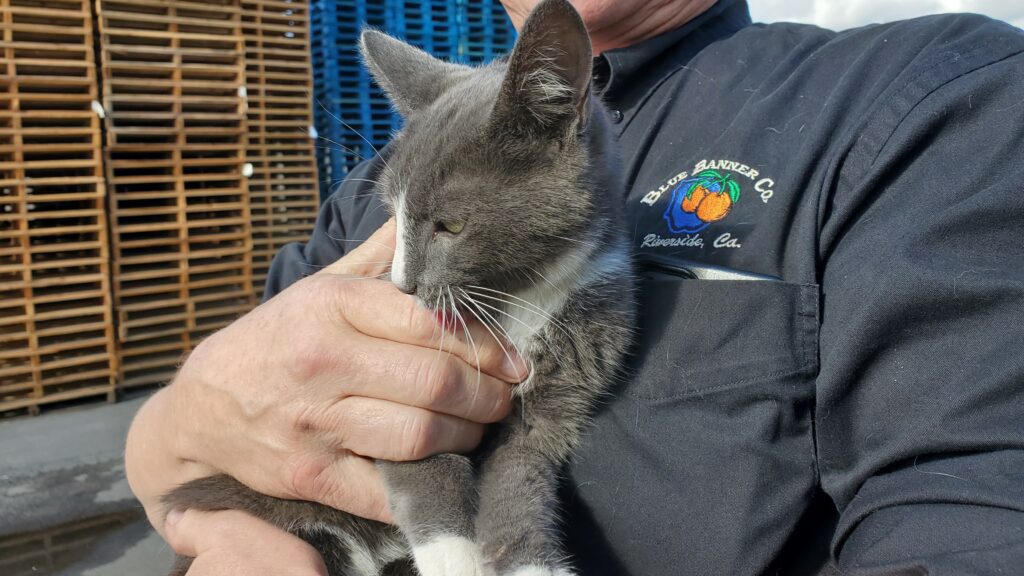Adopting a new cat is a little like starting a friendship with someone who is not sure they like you yet. You bring the snacks, you offer a cozy place to sit, and you give them space to warm up at their own pace. Some cats lean into love right away, while others act like you’re a very polite ghost in their house.
When a cat is adjusting to a new owner (or “servant” in cat-lingo), it takes time, patience, and a lot of quiet reassurance. There is no one-size-fits-all timeline, but there are a few clear signs that trust is forming and a few ways you can help make the process smoother.
The First Few Days: The Observation Phase
When a cat first enters a new home, they are not thinking, “Wow, what a great opportunity to start fresh.” They are thinking, “Where am I, and how fast can I hide under the couch?”
This initial period is all about scanning the environment and assessing threats. Most cats will choose a safe hiding spot and stay close to it while they watch and listen. You might not see much of them for a few days. That is completely normal.
During this time:
- Keep their space quiet and predictable
- Avoid forcing interaction or handling
- Let them come to you on their own terms
If they spend the first few days watching from a distance, they are doing what cats do best, observing before acting.
Week One: Learning the Routine
By the end of the first week, your cat will likely start exploring a little more. They may wander around at night or peek into new rooms. This is when they begin to learn your schedule, the layout of the home, and who is responsible for food delivery.
You might start to notice:
- A little head pop around the corner when you open the treat bag
- Cautious sniffs while you sit nearby
- Slow blinking from across the room
These are all early signs that your cat is warming up. This phase often involves quiet bonding. You do your thing while they learn to trust that you are not a threat.
Weeks Two to Four: Building Trust
After a couple of weeks, your cat may begin to feel more at home. You might see them napping in open spaces, playing with toys, or even rubbing against your leg like they have always lived there.
This is the period where the real connection starts to take shape. Trust-building takes different forms depending on the cat’s personality, age, and past experiences. Some will be in your lap every night. Others will simply sit near you with a slow blink of approval.
At this point, your role is to:
- Continue offering consistency
- Respect their boundaries
- Offer treats, toys, and gentle affection
- Speak softly and move calmly when they are near
These interactions help reinforce that you are a safe presence and a reliable source of all good things.
Factors That Affect Adjustment Time
Not all cats follow the same timeline. Some will bond quickly, while others may need several months to fully settle in.
Here are a few things that can speed up or slow down the process:
Age
Kittens often adapt quickly because they are curious and flexible. Older cats may take longer, especially if they have lived with other humans for years.
Personality
Shy or naturally cautious cats take more time to build trust. Confident or social cats may be greeting you at the door on day two.
Past experiences
Cats who were previously abandoned or mistreated may have trust issues. These cats often need extra patience and reassurance.
Home environment
A calm, quiet space helps cats settle faster. Noisy homes with lots of traffic, loud music, or unpredictable activity can extend the adjustment period.
Presence of other pets
Adding a new cat into a home with other animals can make things more complicated. Some cats are fine with new roommates. Others need time to feel safe around them.
Signs That Your Cat Is Bonding With You
As your cat begins to feel at home, they will start showing you their version of affection. Not all cats are cuddly, but every cat has a language of love.
Look for:
- Purring when you’re nearby
- Slow blinking at you
- Bringing you toys
- Following you from room to room
- Kneading a blanket while sitting next to you
- Showing their belly (not always an invitation to touch)
These are strong indicators that your cat trusts you and considers you their person.

One day a long time ago, I decided to find a new place to live. My old place was dirty and there wasn’t much food. I found a human and he took me with him. It wasn’t scary at all. Only babies get scared. Everything smelled different but it didn’t take me long to find all the best hiding spots. And the food. It took a little longer to train the Mom and the Dad but it’s not their fault. They’re just peoples. #ToughKitty #KittyIsInCharge #TinyButMighty #NewHomeNewAdventures
Winston
Helping Your Cat Feel Safe and Settled
There are a few easy things you can do every day to help your cat adjust more comfortably to their new life with you.
Create a predictable routine
Feed them at the same times each day. Keep their litter box in the same spot. Cats love routine, and it helps them feel secure.
Give them choices
Let them choose where to nap, when to play, and how much interaction they want. The more control they feel they have, the more relaxed they become.
Use positive reinforcement
Reward them with treats and praise when they approach, explore, or engage. This builds confidence and strengthens your bond.
Offer safe spaces
Hidey-holes, cat trees, or cardboard boxes make great retreats. Give them places to escape and recharge when they need quiet time.
Final Thoughts: Trust Happens One Paw Step at a Time
Getting a cat to adjust to a new owner takes time, but the reward is a bond built on mutual trust and respect. Some cats settle in within a few days. Others may take weeks or months. What matters most is that they get to move at their own pace, knowing you’re there when they’re ready.
So whether your cat is still living under the bed or already purring on your lap, know that progress is happening. Every slow blink, every cautious sniff, and every gentle headbutt is a step toward the relationship you are building.
You show up with patience. They show up with personality. Together, you figure out the rest.
Sources:
Helping Cats Adjust to a New Home https://www.humanesociety.org/resources/helping-your-cat-adjust-new-home
Understanding Cat Behavior https://www.petmd.com/cat/behavior/understanding-cat-behavior-new-environment
Bonding with a New Cat https://www.icatcare.org/advice/how-to-bond-with-your-cat
Stress and Cats https://vcahospitals.com/know-your-pet/stress-and-your-cat
Recent Posts
Your Cat Might Be a Furry Little Healer… or at Least a Fuzzy Alarm System If you’ve ever had your cat suddenly become extra clingy when you’re under the weather, you’re not alone. From...
Cats are experts at hiding things, socks under furniture, their disdain for your playlist, and, unfortunately, symptoms of illness. In the wild, showing weakness could make them a target, so even...


